(Note that this review is written before L'enclume was awarded with Michelin 3-star in February 2022.)
Our Farm…
It was in 2014 when I visited the Lake District for the first time, the year after L’enclume got its second Michelin star. I was there only for the “24-hour Rogan experience”. This involved a farm tour with Chef Dan Cox (who later headed up for Simon’s Fera at Claridge’s opening later that year), followed by an elaborate farm-to-table cuisine at L’enclume. I even sat in on a “Fera menu creation” session with Chef Simon Rogan at their development kitchen Aulis! After this was a dinner at Rogan and Co, and the day was topped off by a night’s stay literally above the L’enclume dining room. That wasn’t the end of it, however; I also had a brunch at Pig & Whistle pub (also run by Chef Simon back then) before heading back to London. (This experience was featured in my Chinese book which captured my 30 most memorable meals. I finally had the chance to share a copy with Simon in person.)
I can’t believe it took me 7 years to come back to this part of England. Throughout this period, I observed that many restaurants were treating “farm-to-table cuisine” more or less as a marketing slogan. To convince me that they were doing this for real, Simon was onsite to show me how he has transformed his vegetable garden into Our Farm, a small scale commercial farm with rows of vegetables and many garden tunnels. These contain all kinds of fruits and herbs that can be used in dining. Managed by a team of full-time staff with weekly meetings, this farm basically supplies most ingredients for Simon’s restaurants in the UK. If the farm is able to expand, the next stage would be installing windmills and solar panels to enhance its ability to sustain itself. Currently, including all of his restaurants, rooms, and shop staff, Simon employs 150 people just in this part of the country. His empire has already expanded to London, Hong Kong, not to mention a few other exciting locations on the horizon in different continents (which I promised not to publicise).
Onto the meal…
L’enclume, French for “the anvil”, is just a 5 minute drive from the farm. This 13th century blacksmith house (hence the restaurant name) is the crown jewel of Simon’s establishment. It also placed Cartmel, a small village in North-Western England, onto the international culinary map. As we walked through the dining area into the conservatory, which has a direct view of a small garden, I was able to catch a glimpse of the kitchen. Simon was already back from the farm and in full action. Most diners had already arrived at this point.
The meal started off with Simon Rogan’s own label of English sparkling wine, a rosé in partnership with Exton Park. Though English sparkling is never my first choice given its similar pricing (but varying quality) to some Champagne, I would never miss an opportunity to try this while I was there. With 70% Pinot Noir and 30% Pinot Meunier, this wine was floral with a rich fruitiness, a decent refreshing aperitif for a warm and sunny summer day. Since Simon was in the kitchen during this service, we definitely would go for the full on 16-course experience instead of a shorter version of the lunch menu.
Needless to say, every course was well presented like a work of art, which is my expectation for this level of restaurant. A kohlrabi was not just a kohlrabi, it was neatly arranged mini-disks of the vegetable, paired with a layer of steamed Cornish crab hidden underneath, and finished off with a drizzle of pickled pea shoots dressing and smoked pike perch roe on top. Or what could be a boring looking plate of diced courgette, was instead a bright orange quail egg yolk surrounded by cubes of Zaino courgette. These were roasted in fennel pollen before they were carefully decorated with colourful flowers from the garden, transforming it into an eye-catching vivid masterpiece.
What I enjoy about Simon’s cuisine is that although every course is driven by vegetables and herbs from his garden, by no means is it a bland meal like many vegetable-focused cuisines found elsewhere. The chefs here do not shy away from incorporating animals from the land and sea with plant-based ingredients in each course. A lovage emulsion and fermented sweetcorn purée were complemented by Duroc pork fritter that was encased in a light onion crumb shell, so delicate that it almost disintegrated as I picked it up with my fingers. Crispy without being greasy, followed by a burst of well-balanced flavours from the meat and fruit, the best part was the long-lasting flavour of smoked eel left on my palate. What a flavour and texture bomb! During the farm tour, Simon did mention he had an excessive amount of peas this season, so I did anticipate a course of peas which he paired with a shellfish. Resting on a bed of sugar pod peas was an Orkney scallop pan-seared to perfection, caramelised while retaining a soft moist centre before being deglazed with scallop garum and black garlic. The clever part of this course was the orangey dusts on the scallop, a natural seasoning made with dried scallop roe, giving it an exquisite boost in flavour. Together with the freshness of the peas, it was quite a nourishing dish.
As I always say, every meal is an opportunity to learn. Before this, I never knew there were truffle growers in Wales. I was very pleased to experience Welsh truffles for the first time, shaved over a slice of buttermilk cooked Duncan cabbage. The cabbage was caramelised on top as it was grilled over charcoal; and not just any ordinary charcoal! The kitchen here uses binchotan, a Japanese white charcoal made with oak known for its high carbon content without the unpleasant aroma that is released from typical charcoals. The truffle was mild in aroma, which is what I expected from a summer truffle. To be specific, from its lumpy black skin with pale flesh inside, I am certain it was tuber aestivum, a very different species to tuber melanosporum (aka Périgord truffle) or my favourite tuber magnatum pico (aka Alba white truffle).
Simon is clearly much more established now than he was in my previous visit. Not only has he got his own sparkling wine labels, he also now has his own specially reserved caviar from Petrossian, a Schrencki x Dauricus cross-breed sturgeon (aka Amur x Kaluga) which is a very popular caviar choice among top restaurants in recent years as its colour and size resembles the classic Osetra. It was in the seaweed custard dish where Simon showcased this reserved caviar in generous portions, served in a chawanmushi cup. The texture of this warm egg custard was spot-on, remarkably silky and smooth, on par with the ones in top restaurants in Japan. It was packed with umami from a dashi made with beef and kelp, and even incorporated in with roasted bone marrow which brought some richness to this dish. As the little black pearls pop in the mouth, they release a deep flavour in essence of the ocean. A modest egg custard dish elevated to a luxury course.
Another course worth mentioning was the Frozen Tunworth cheese, a course which was a blend of cheese and pre-dessert. A mixture of tiny crumbs of frozen cheese, frozen blackcurrant, puffed buckwheat, malt crumbs, crystallised thyme, and balls of lemon thyme jelly were served in a frozen bowl. It was fruity, cheesy, crispy, crumby, gummy… a fun and enjoyable interplay of flavour and texture. Of course, we didn’t miss the classic L’enclume dessert with the symbol of an anvil, a tribute to this building’s past. Accompanied by tiny pieces of caramelised apples and spruce juice, this was a medallion of caramel mousse that had a nice hint of miso. The glossy metallic golden finish was made by airbrushing on a coating of edible sparkling gold cocoa butter. The refined handiwork truly highlighted the craftsmanship in this kitchen. There’s no better way to pay tribute to all the skilled craftsmen who worked at this site 700 years ago.
As with any long meal, especially with 16 courses, there are always areas for improvement. The first bite of the menu, Native lobster tartlet, was an excellent thin pastry, but the bite of lobster was somewhat smothered by a fruity gooseberry emulsion. The lobster flavour was lost as a result. And what they described as the “cheese on toast”, Berkswell pudding (caramelised in birch sap) was just a solid sticky and sweet hard shell with a doughy centre. I don’t know what a Berkswell pudding is meant to be like, but I do not think I would go out of my way to try it from a menu. The slices of King oyster mushroom with thyme leaves and mushroom dashi had good depth but was one-dimensional.
Other than those three which may need fine-tuning from the development kitchen, all courses were thoughtfully created and well executed including the petits-fours, in particular the marigold cornets. The refreshing marigold ice cream was like eating the whole garden in one bite, which connected us back to where our journey started that day, in front of the marigold plant in one of his garden tunnels. What an incredible finish to the meal.
Overall experience…
I always hesitate to revisit some of my most memorable restaurants since I had too many experiences that the cuisine has evolved so much that the original identity is nowhere to be found, ruining my positive memory of such places. I am glad to say my fears were not warranted. The team of service staff was as friendly as before without being too uptight, the casual no tablecloth wooden furniture is still a very welcoming setting for guests, the seasonal farm-to-table tasting menu is still as elaborate as before (but clearly more labour intensive for the kitchen now with 16 courses), and even the bread is still from the 2009 sourdough originating from the apples in the garden. L’enclume did an outstanding job in retaining its originality without being influenced by various global gastronomic trends over the years.
Seeing how influential Simon has become, all based on his passion of developing a harmonious relationship between cooking and growing, I am very pleased to see his continued success. His cuisine definitely has had an impact on diners – increasing our appreciation of food by emphasising the connection between farm and table. Simon shared his renovation plans: to expand the dining room such that the conservatory area will create more working area for the staff, more space between tables, and an urgently needed bigger toilet area (since there’s always a queue!), but he emphasised the fact he will not increase the number of seats in the dining room since his kitchen team is already working at full capacity. I am looking forward to this transformation, but I hope it won’t take another 7 years for my next visit! Finally, I will reiterate what I said 7 years ago – ” If there’s another restaurant in this country which deserves a Michelin 3-star, it ought to be L’Enclume! “
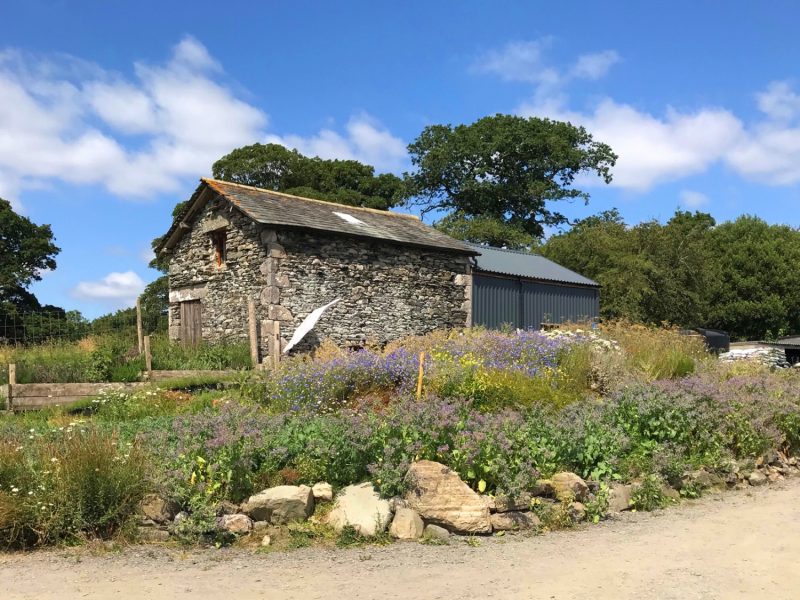

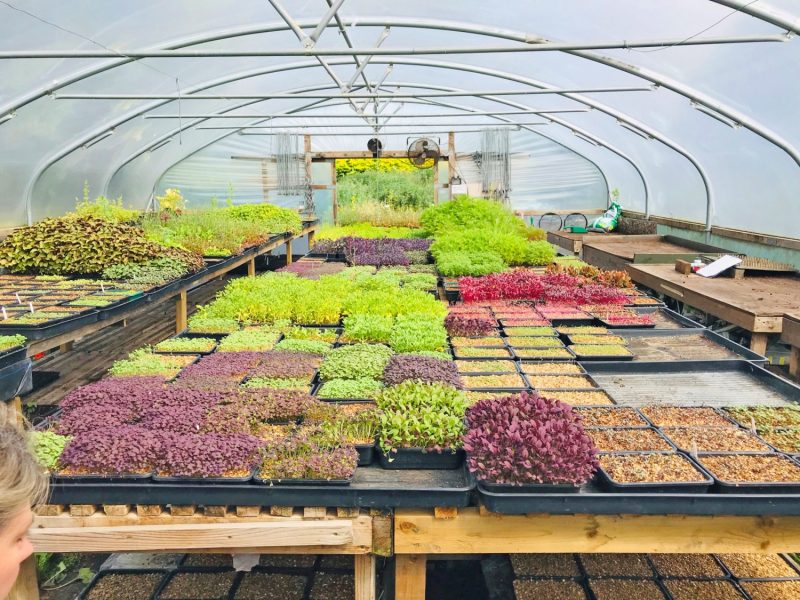
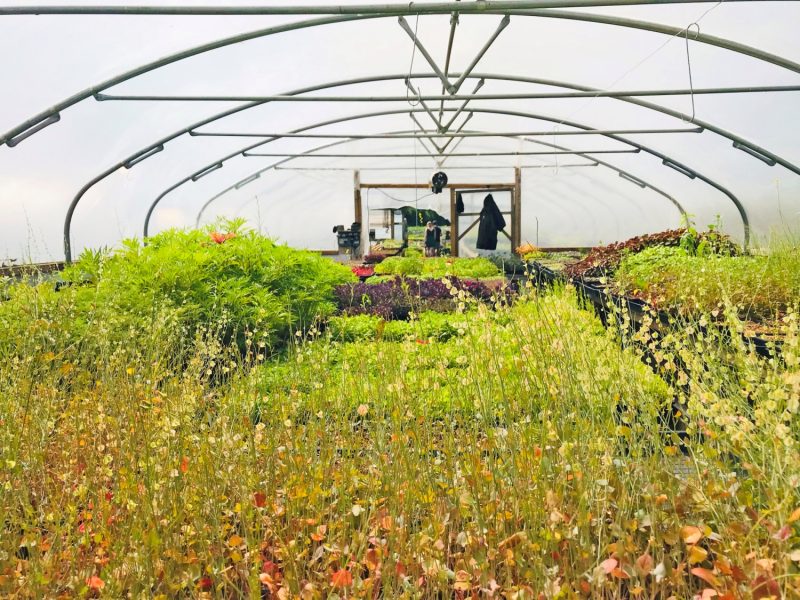
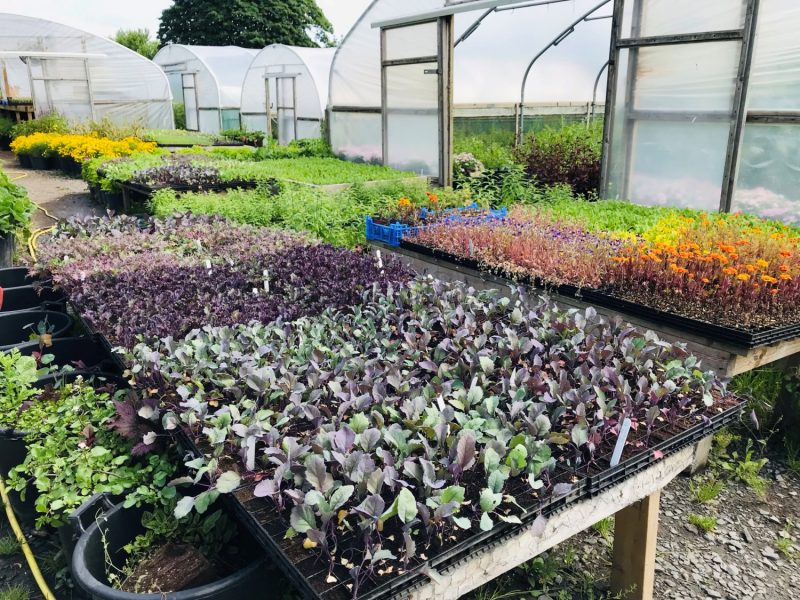
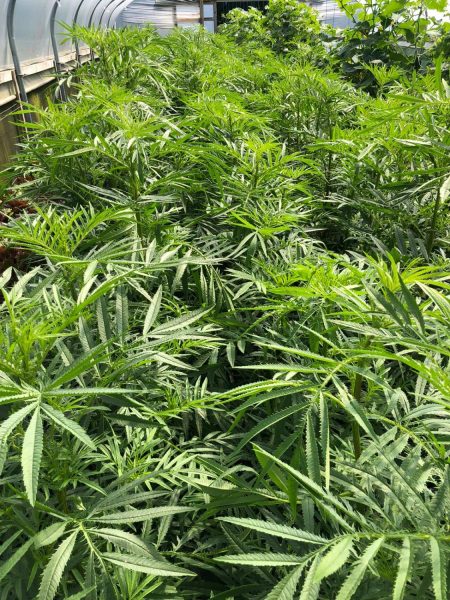
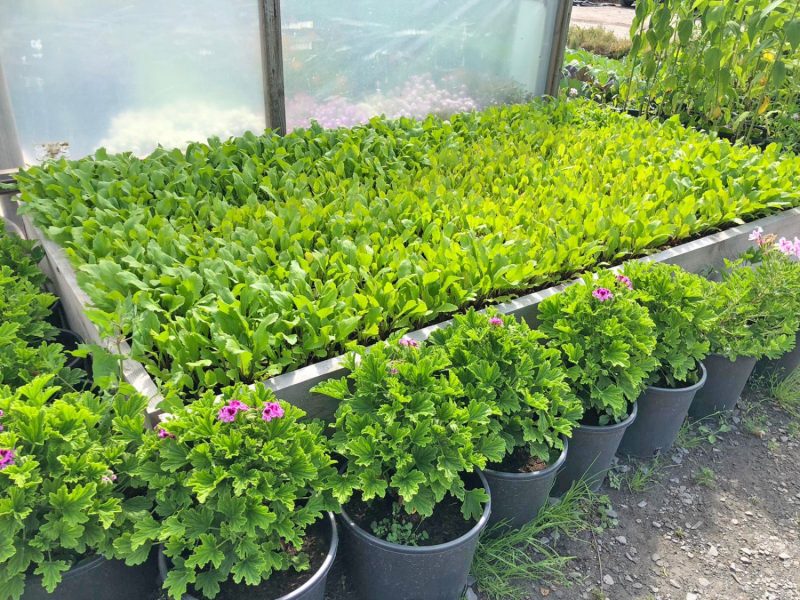
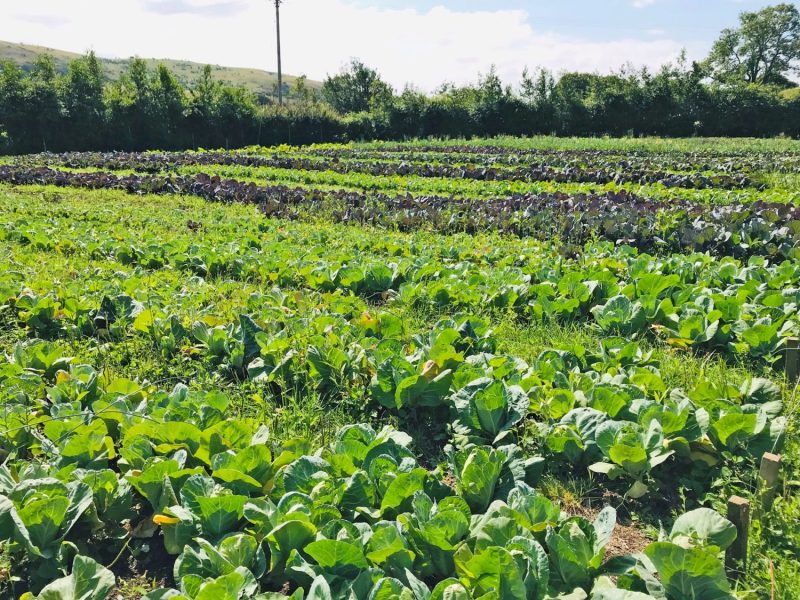
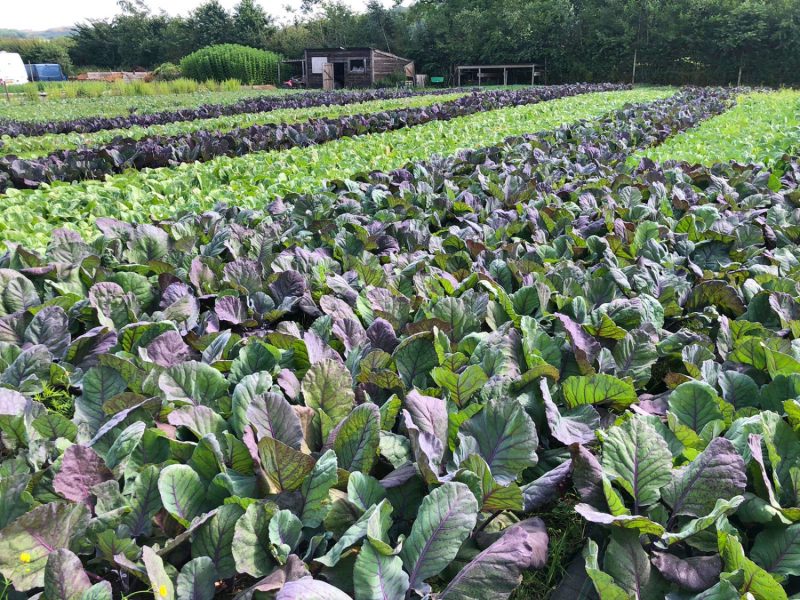
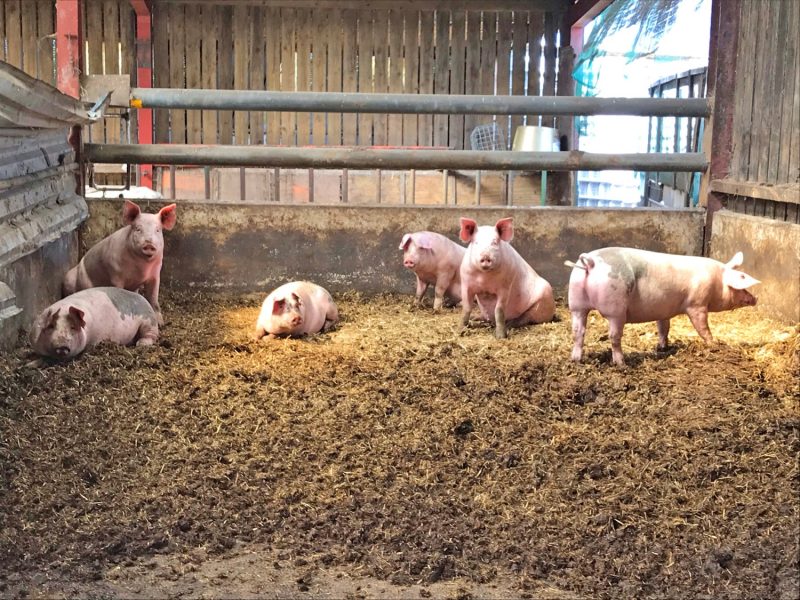
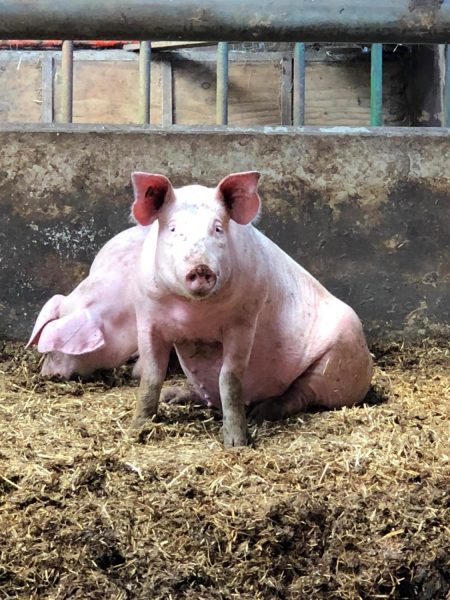
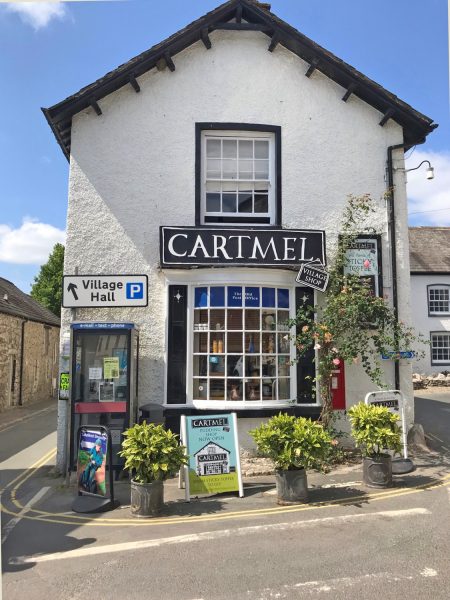
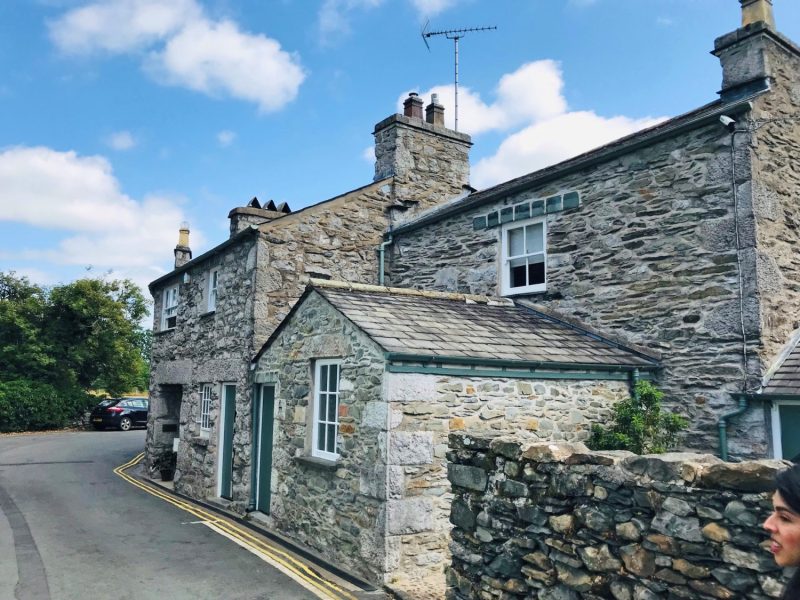
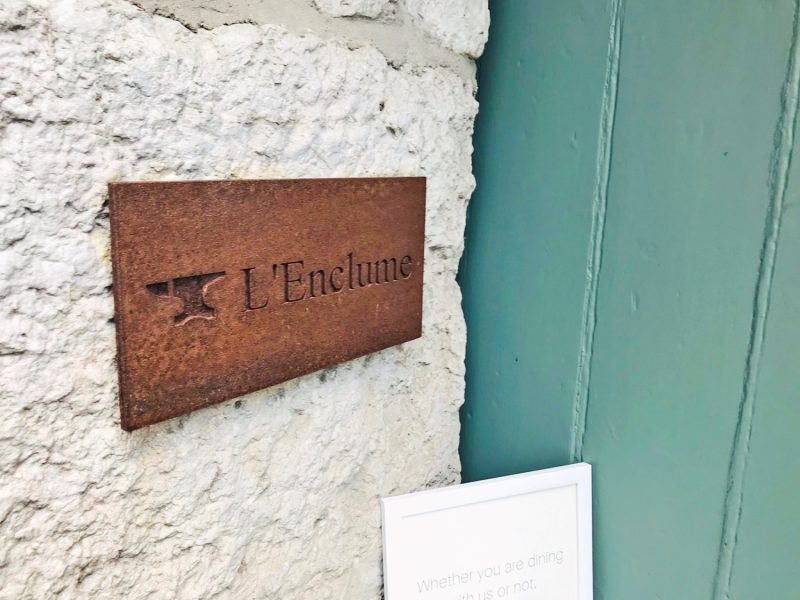
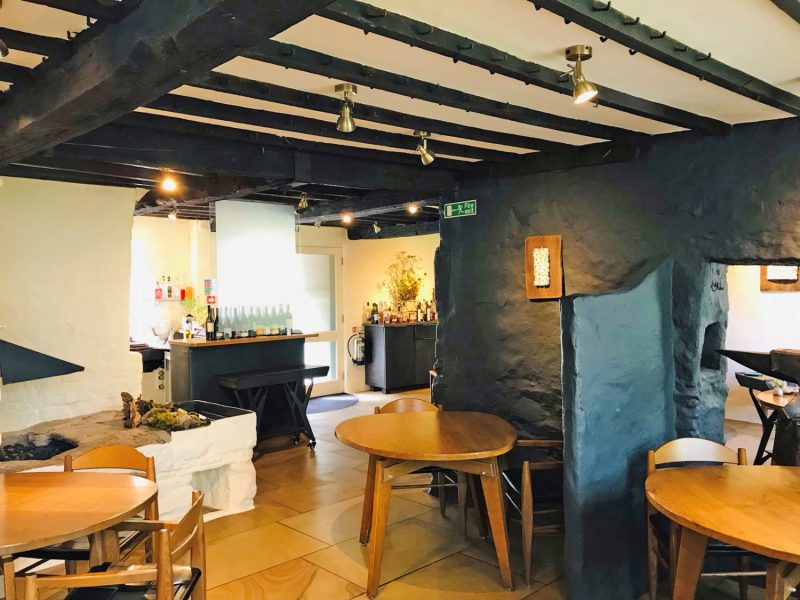
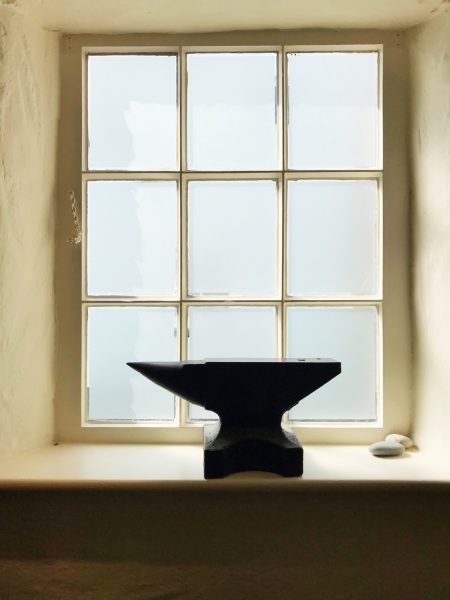
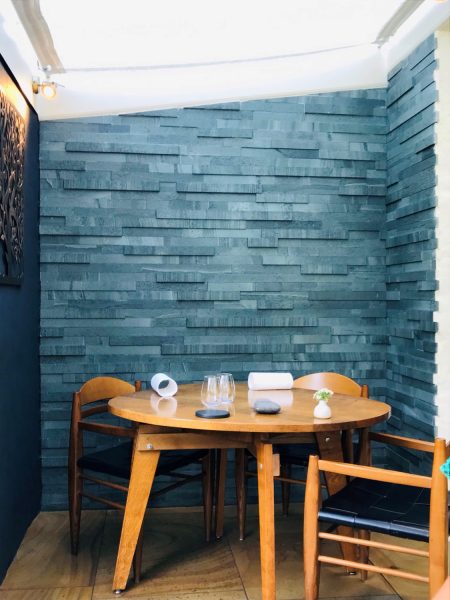
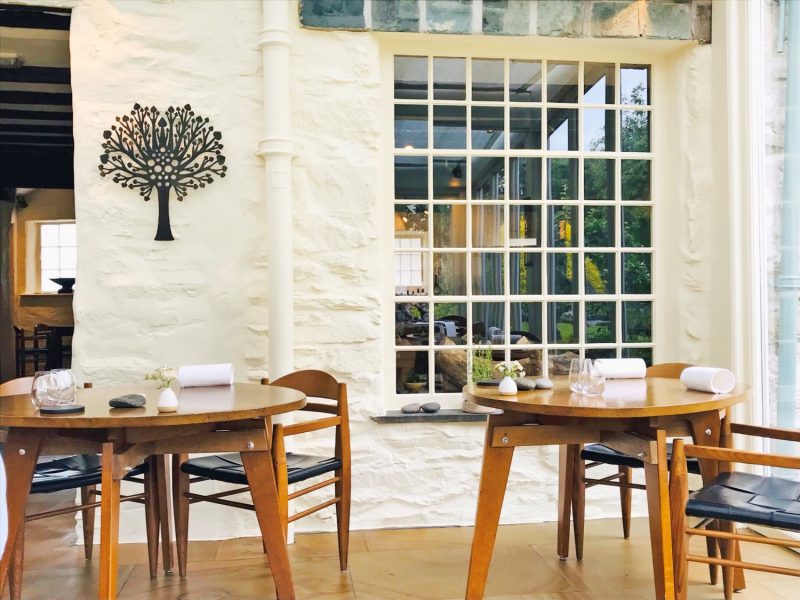
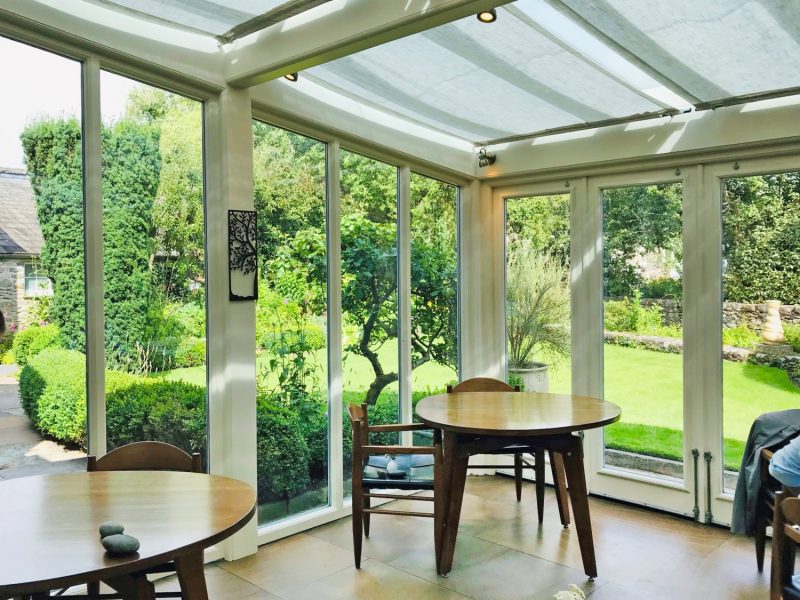
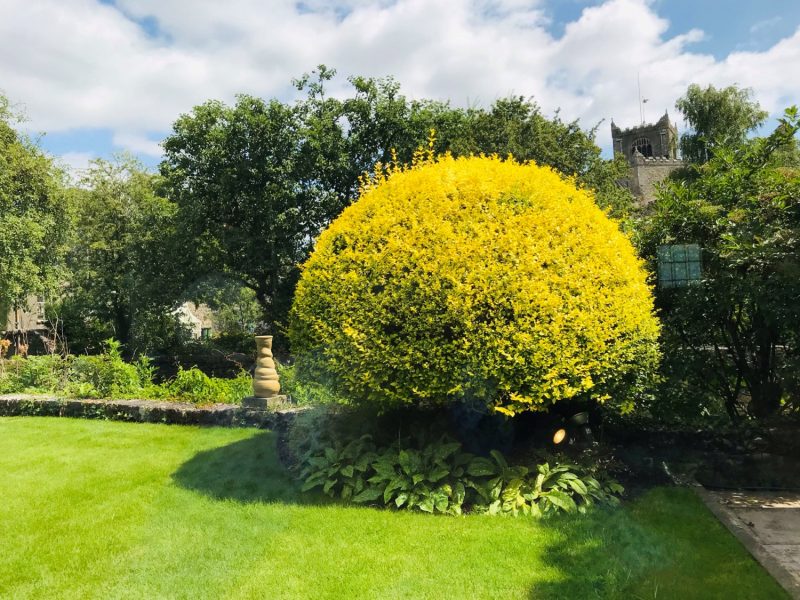

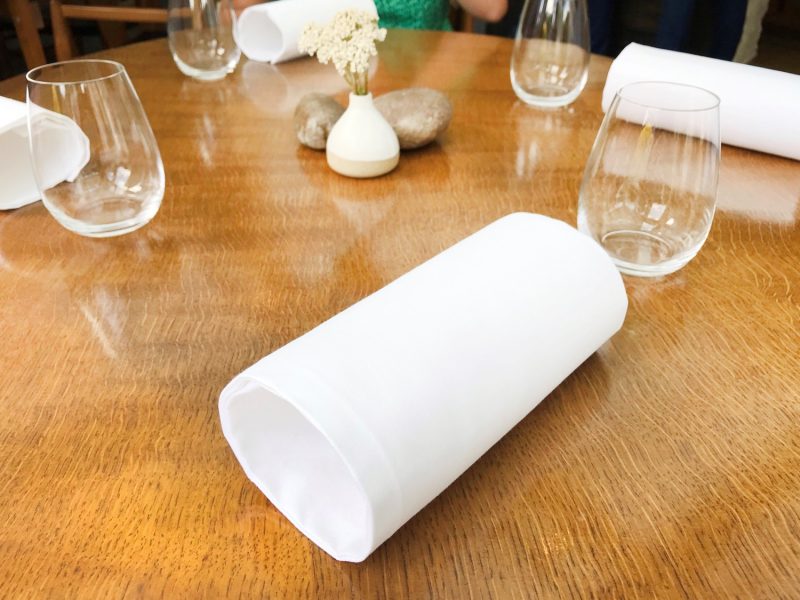
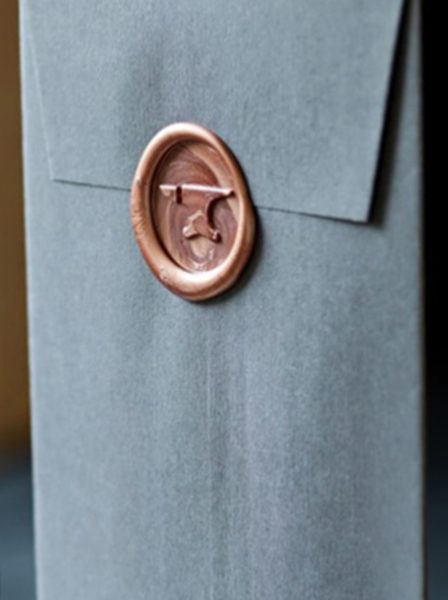
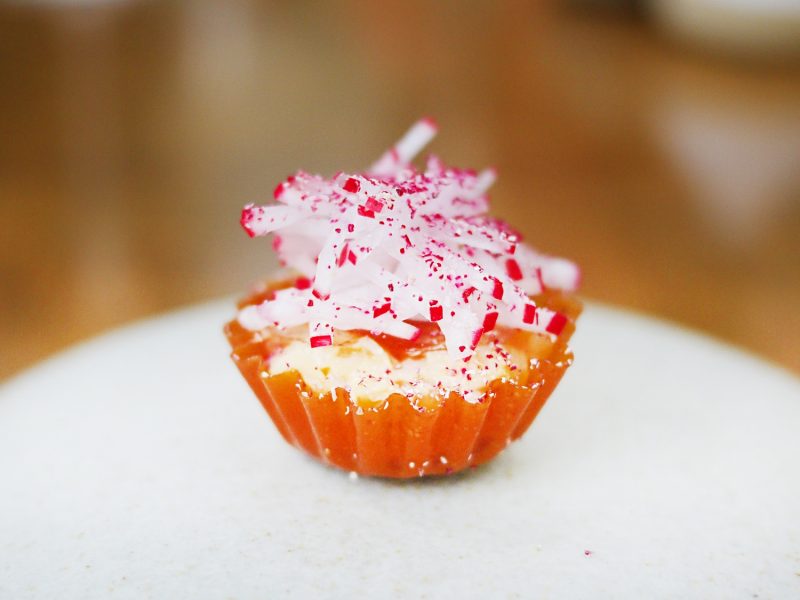
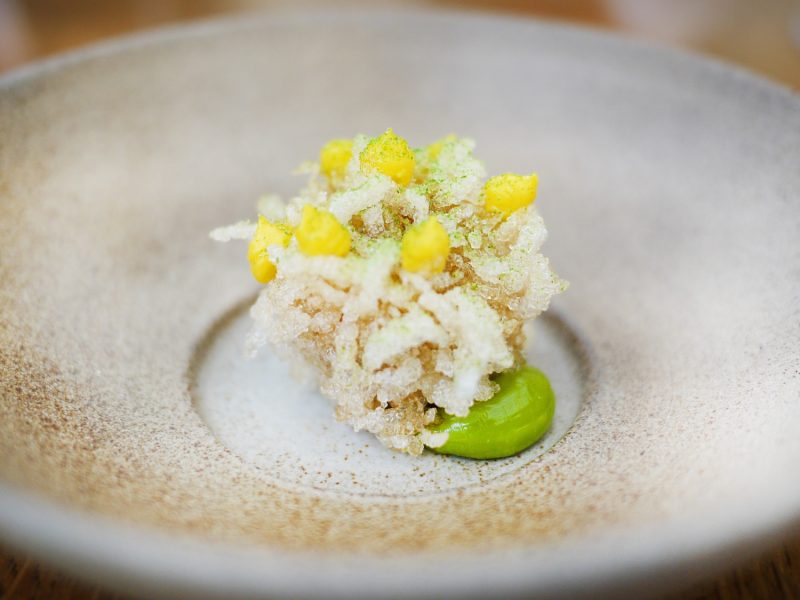
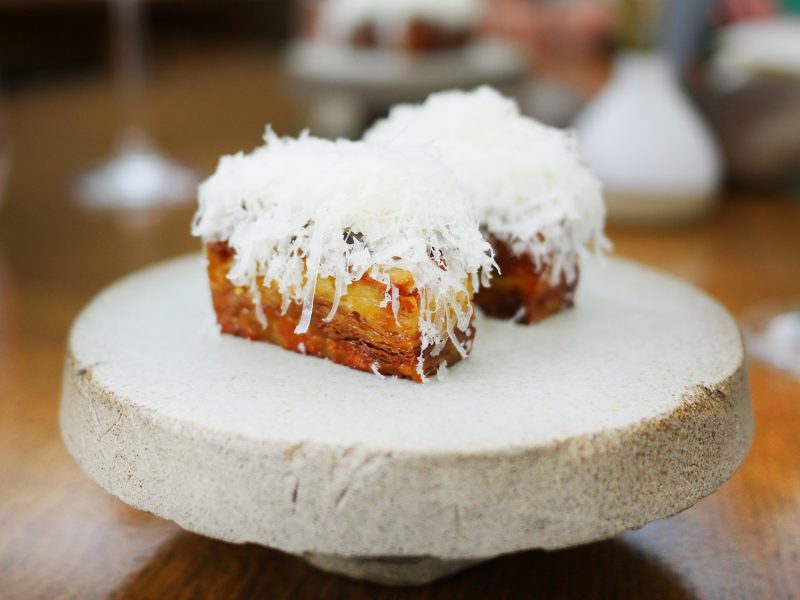
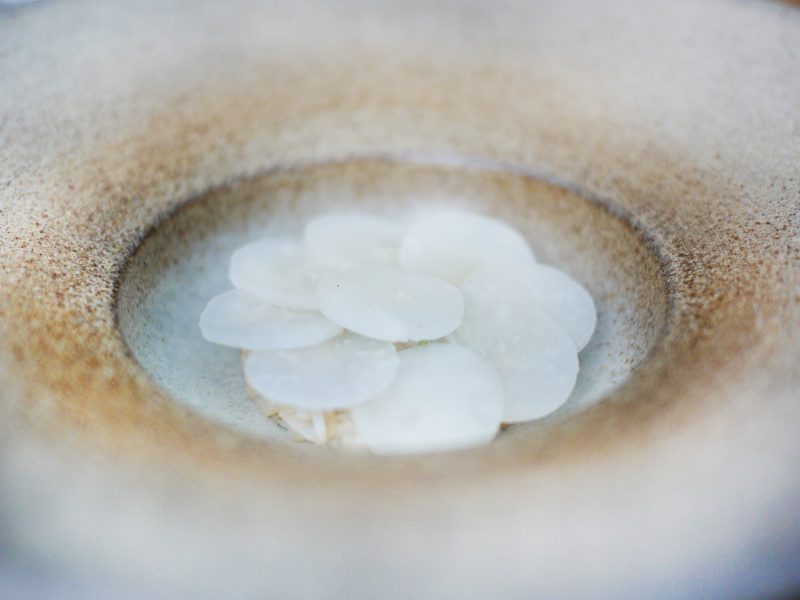
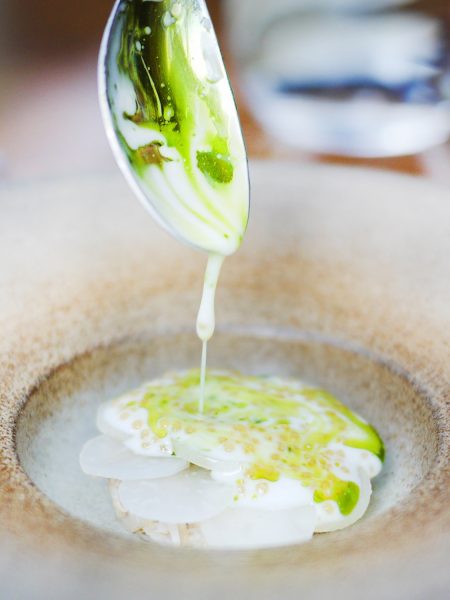
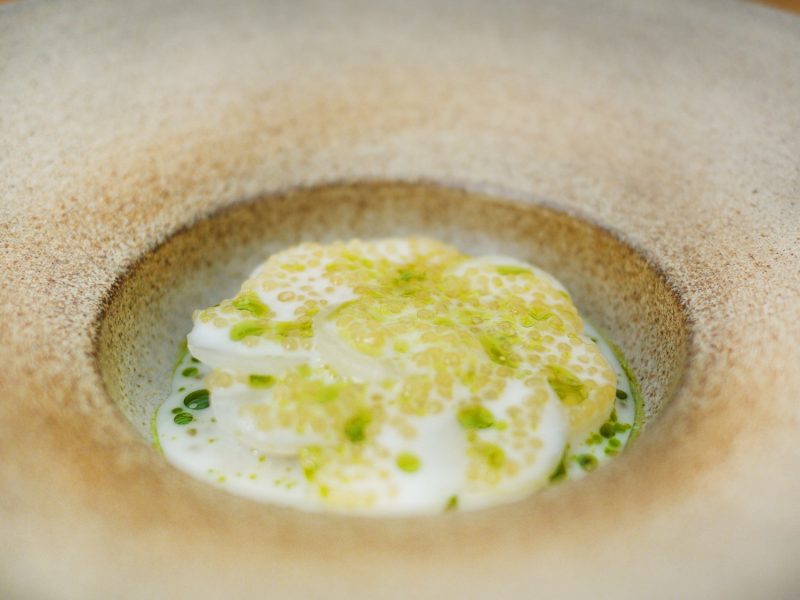
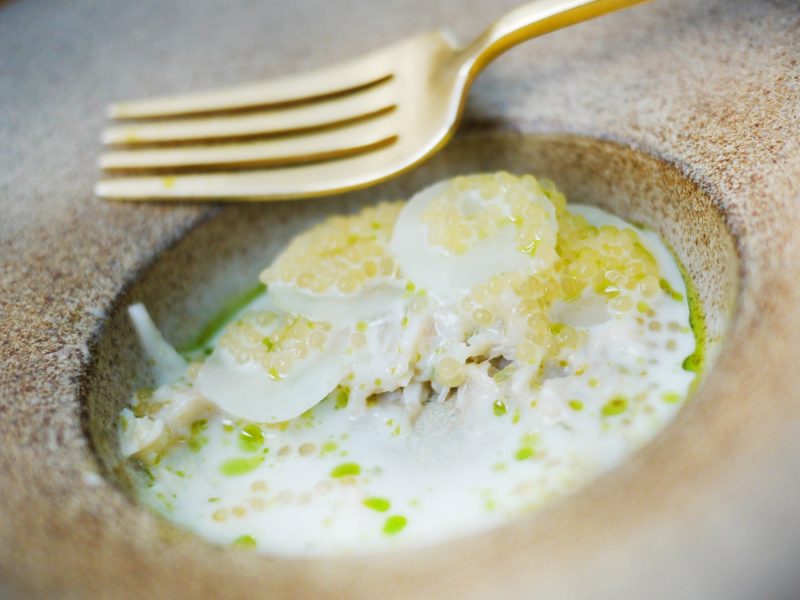
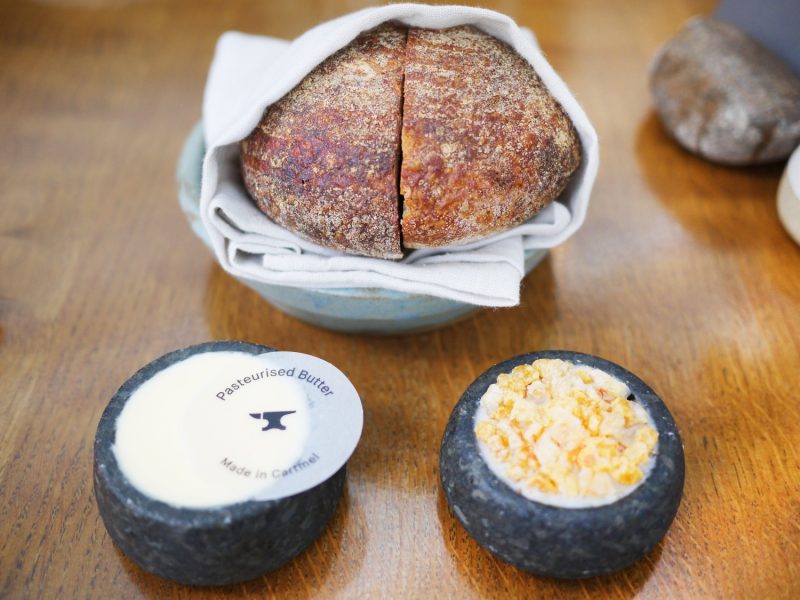
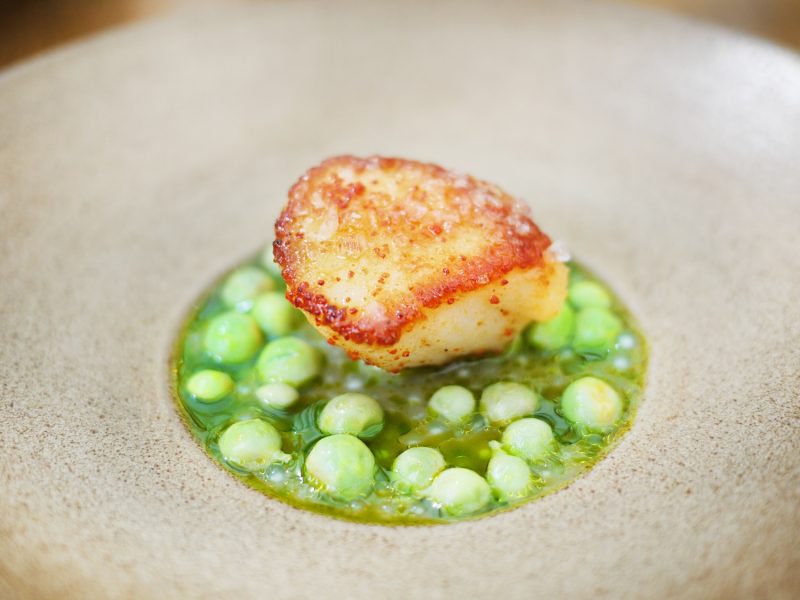
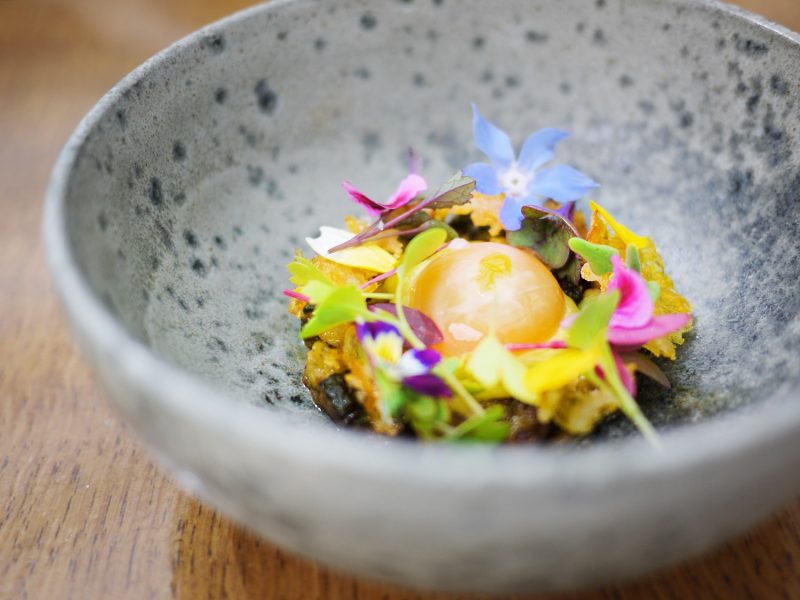
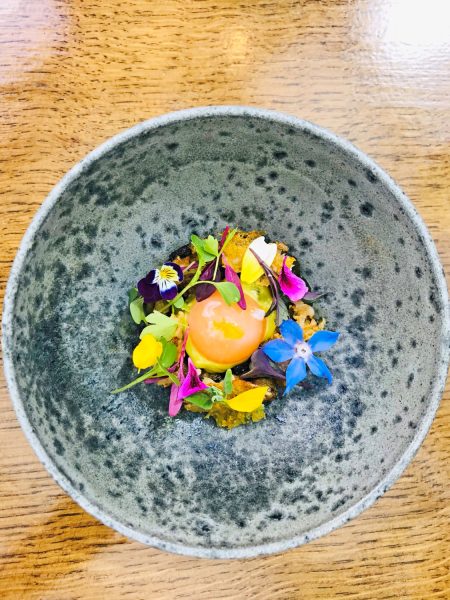
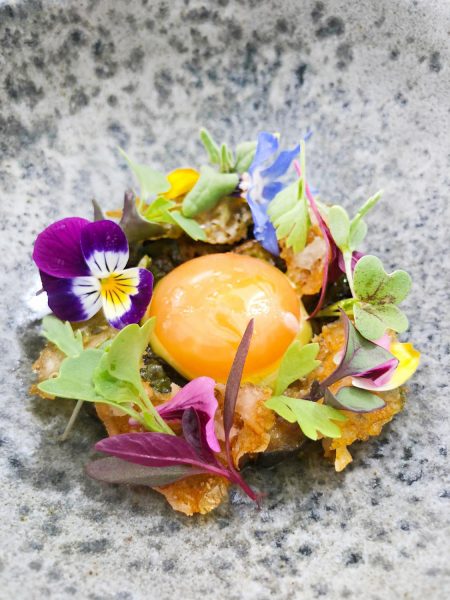
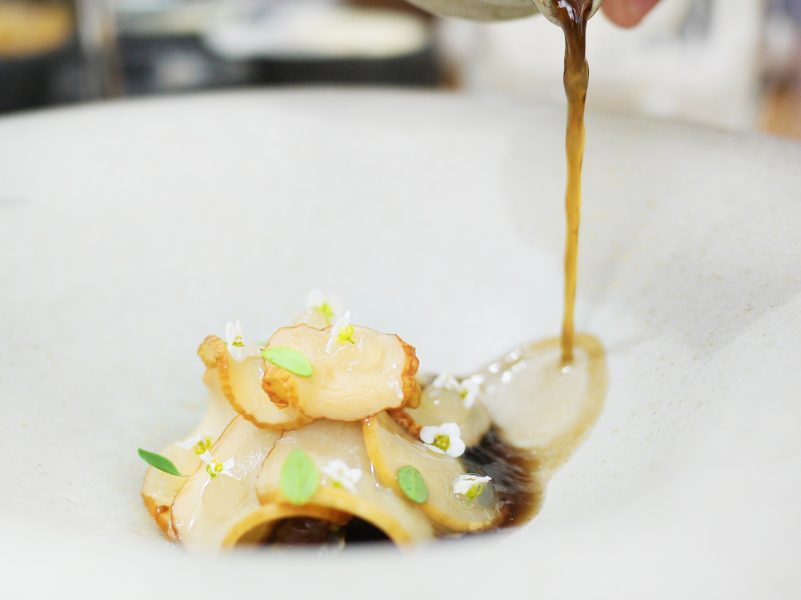
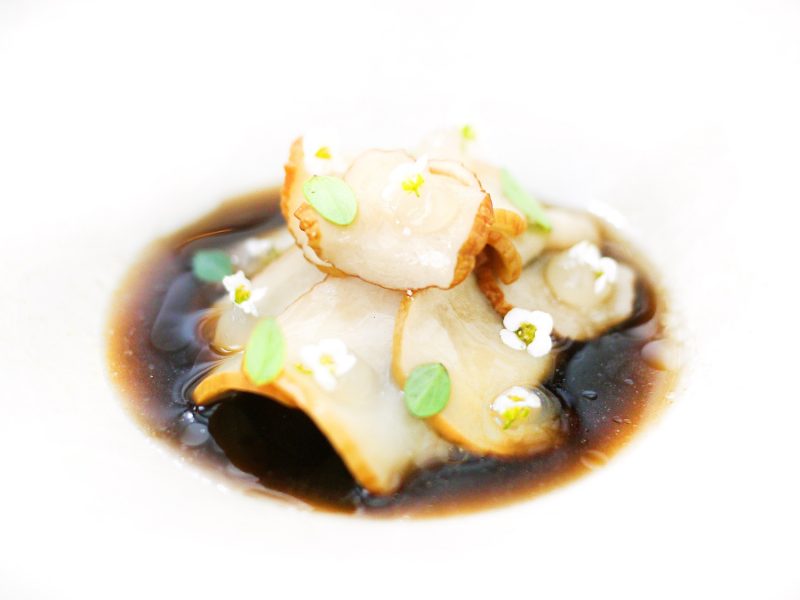
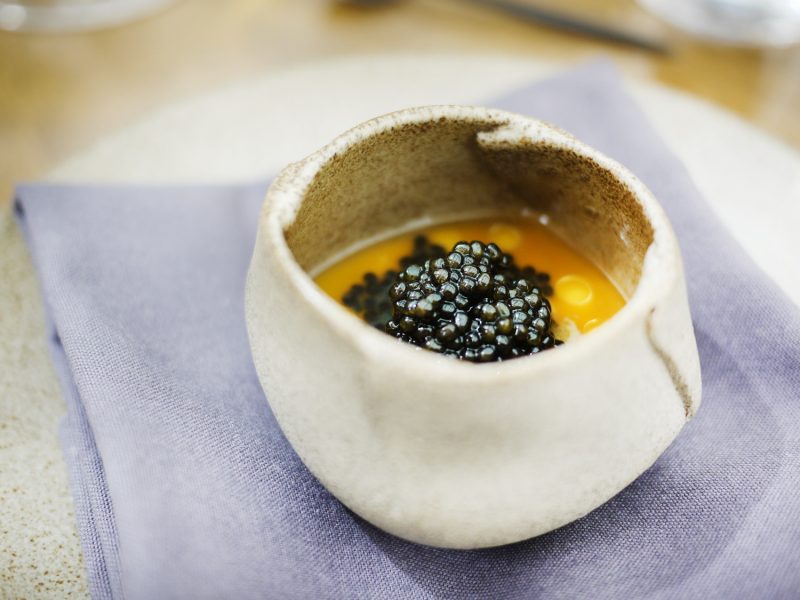
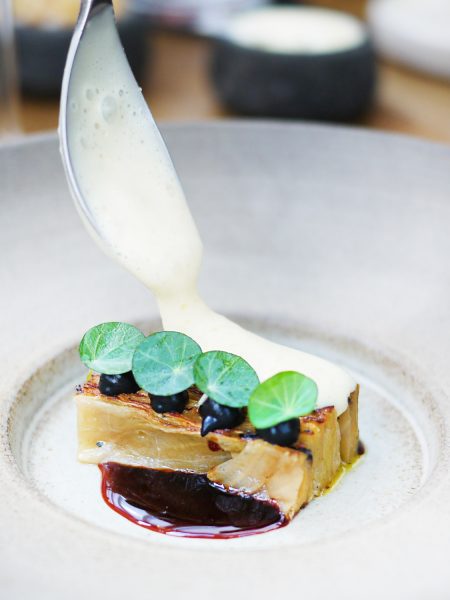
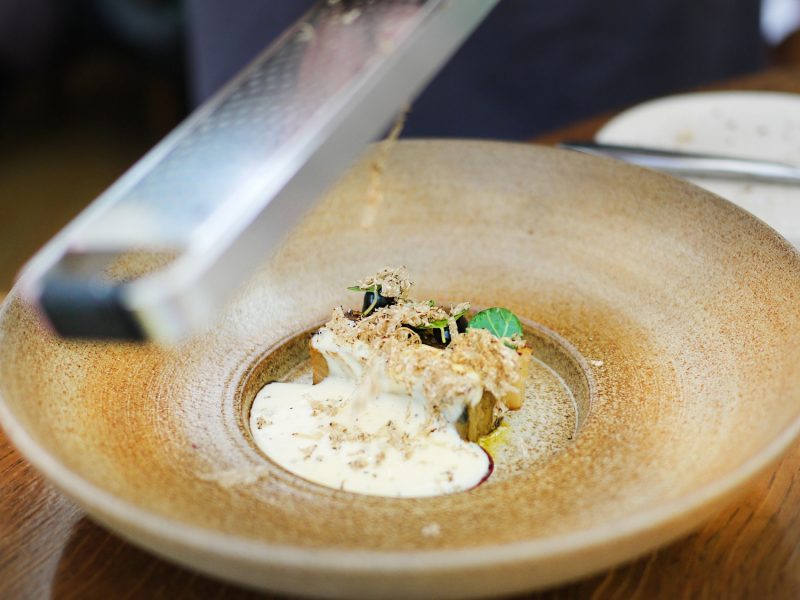
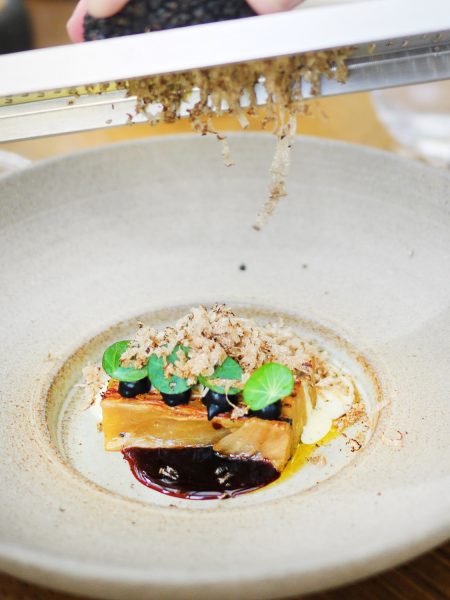
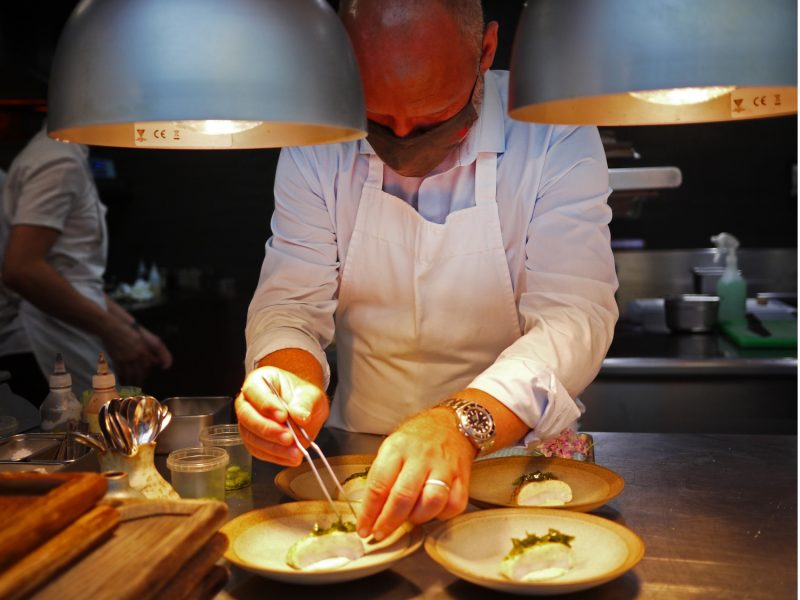
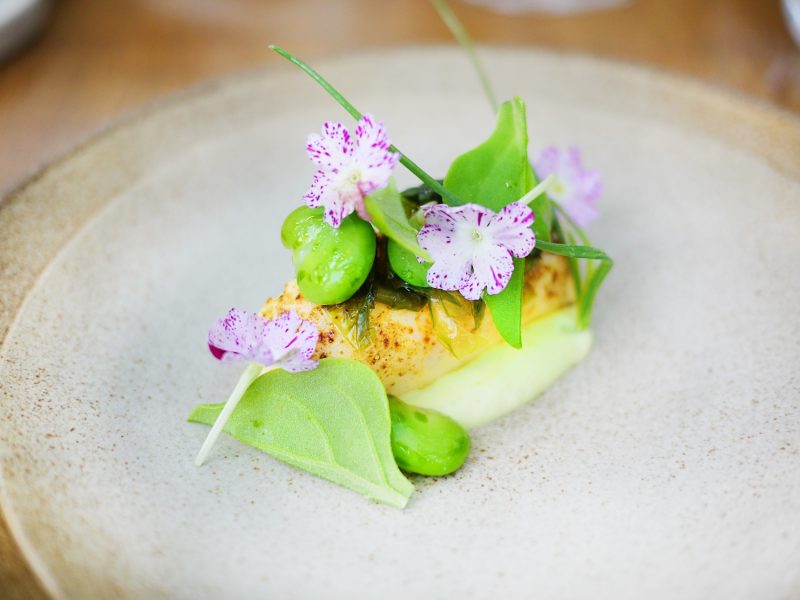
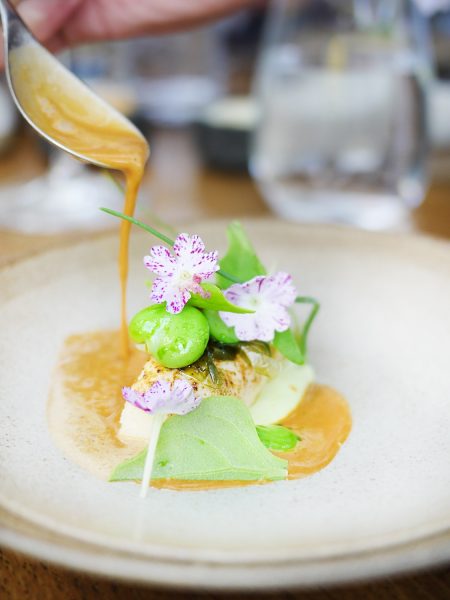
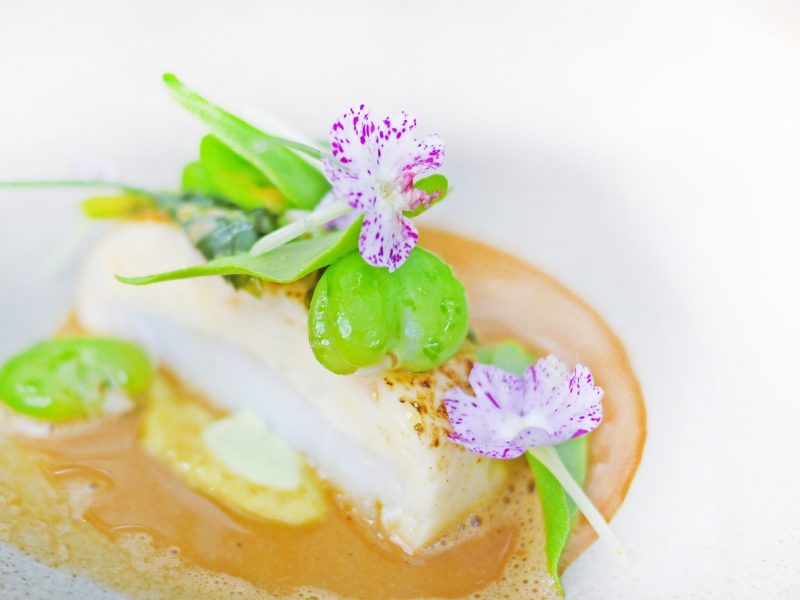
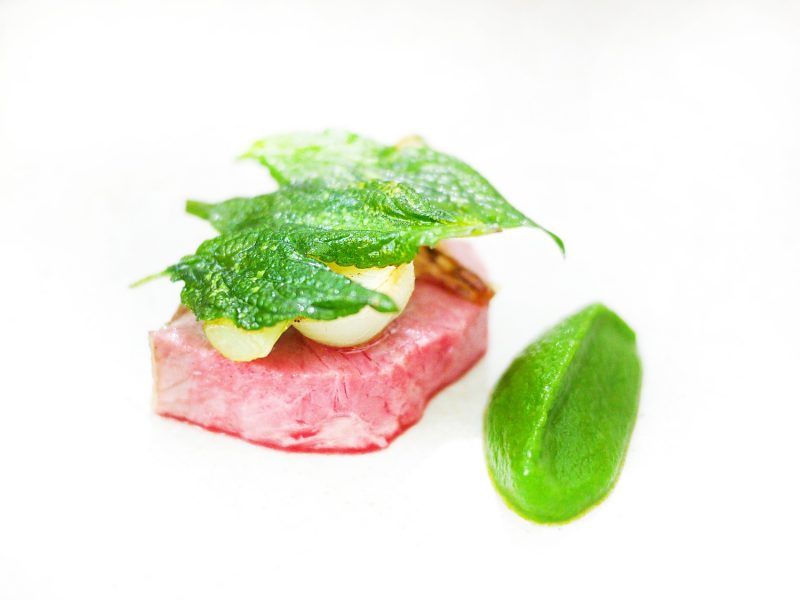
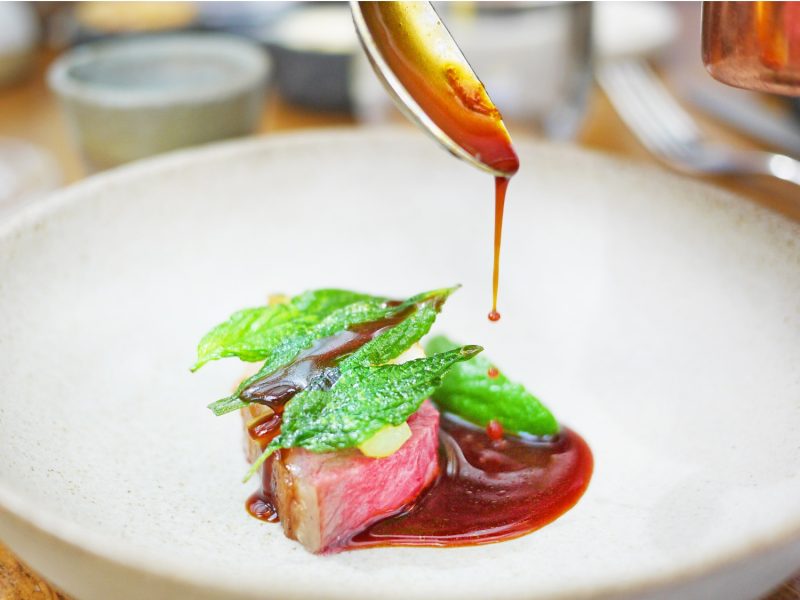
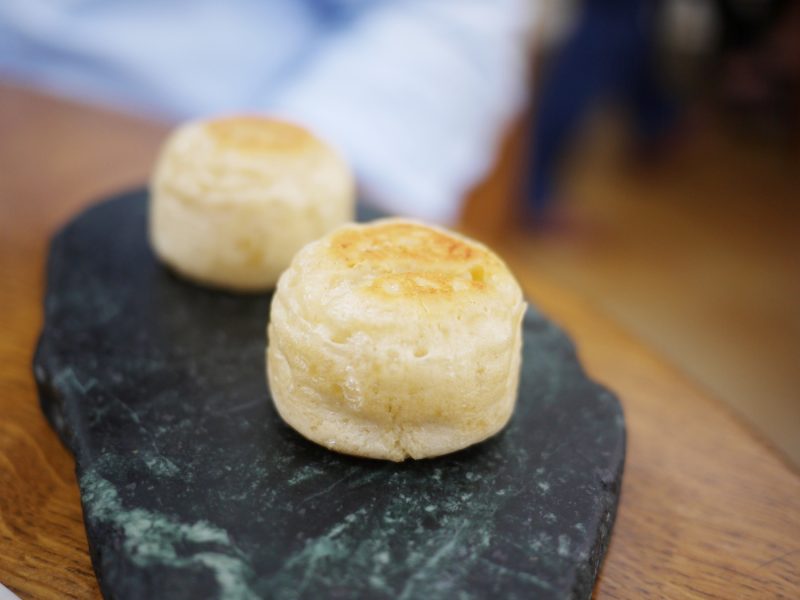
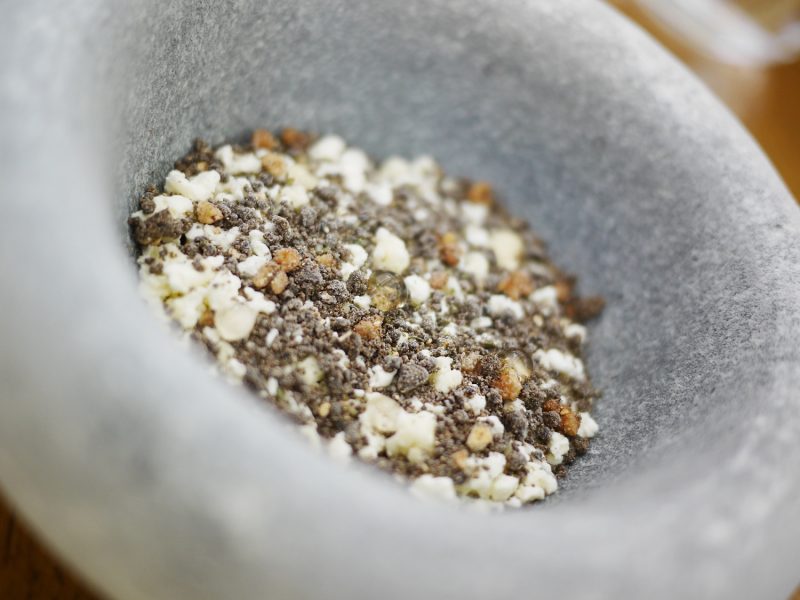
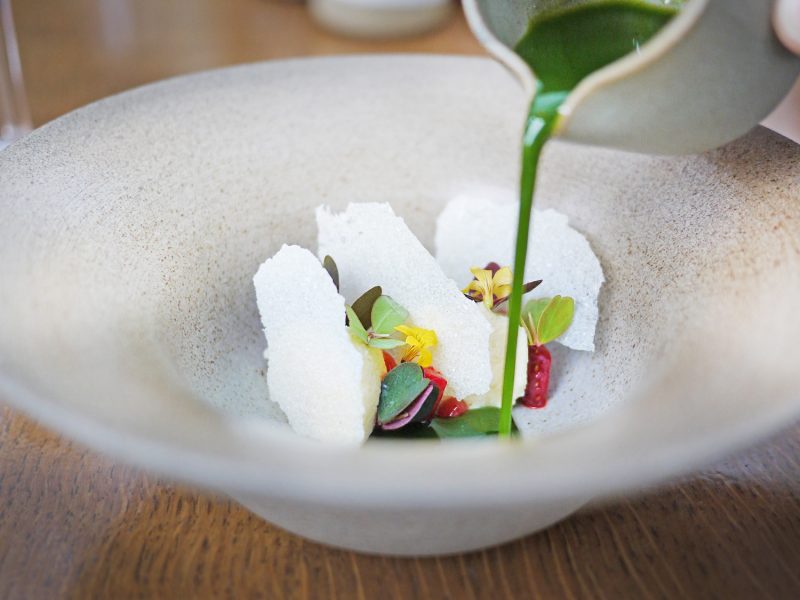
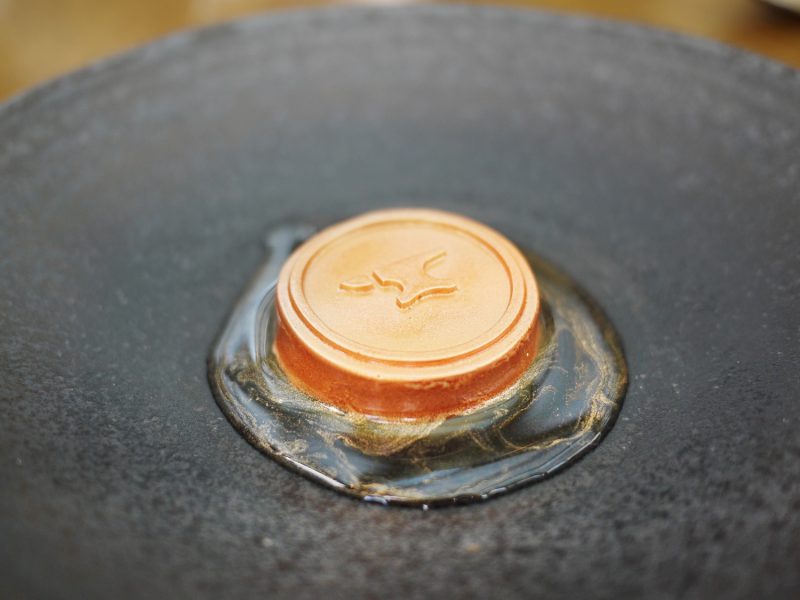
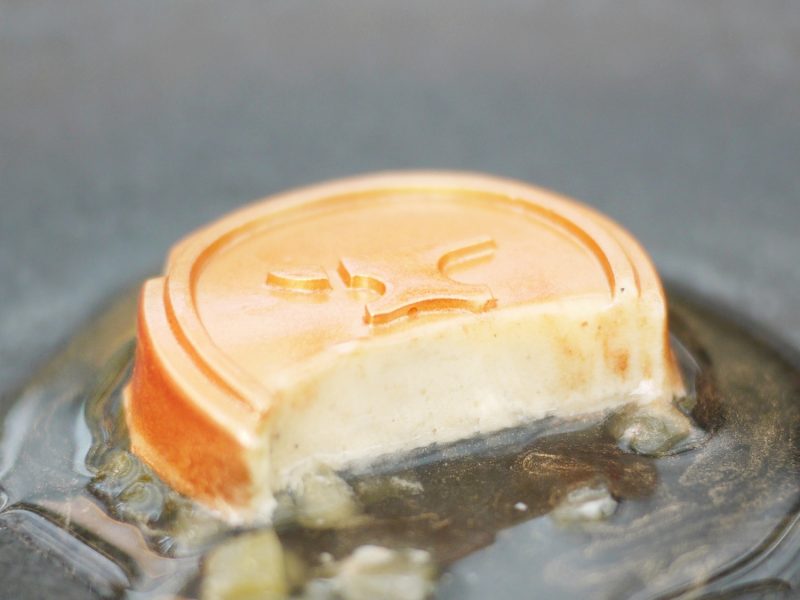
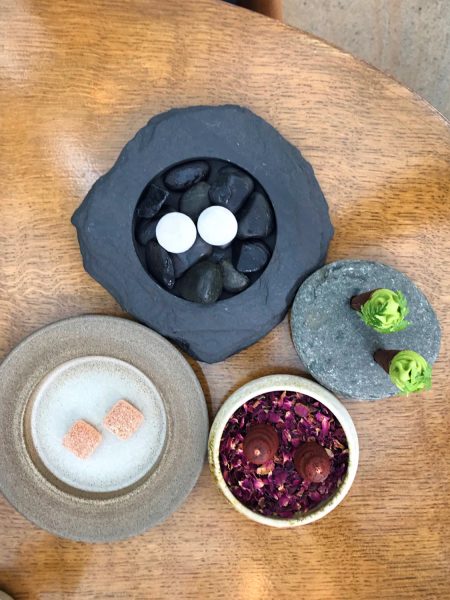
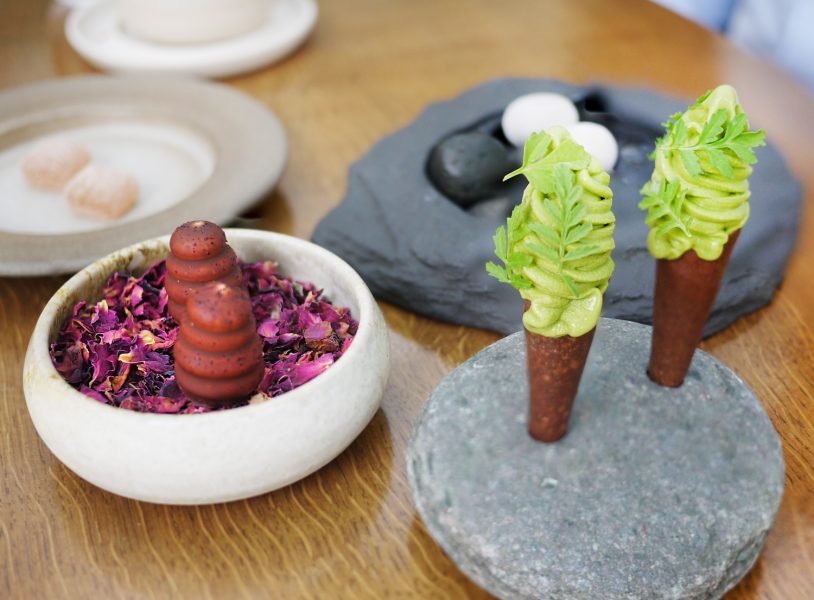
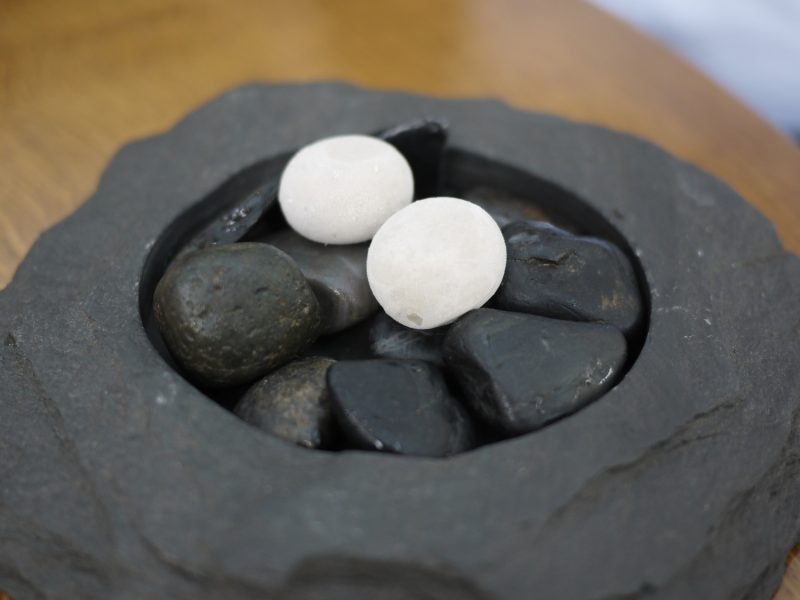
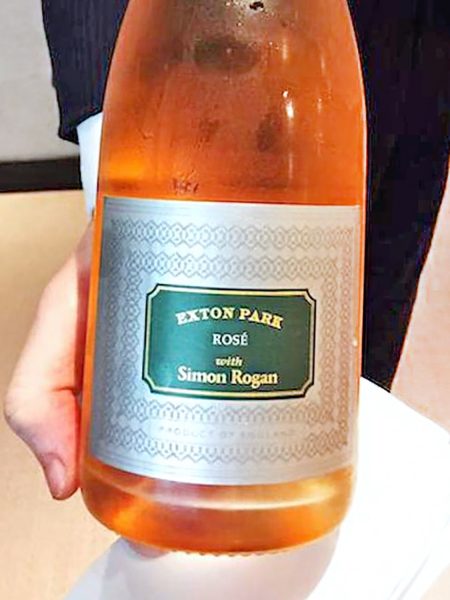
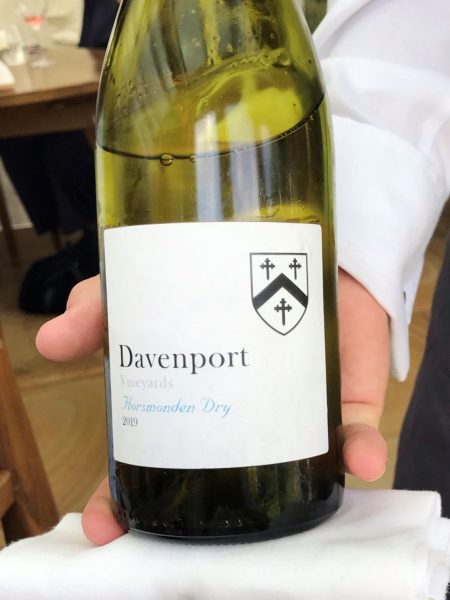
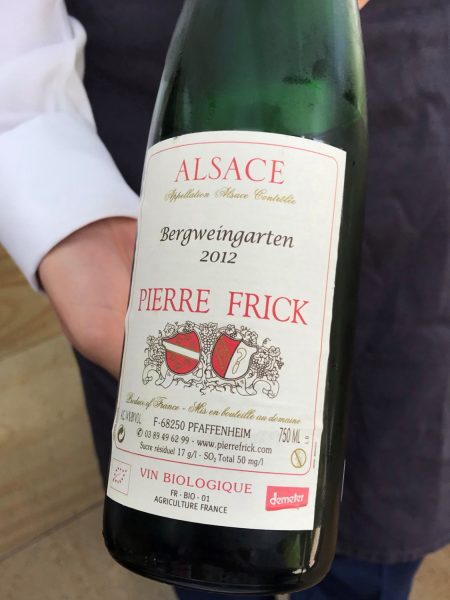
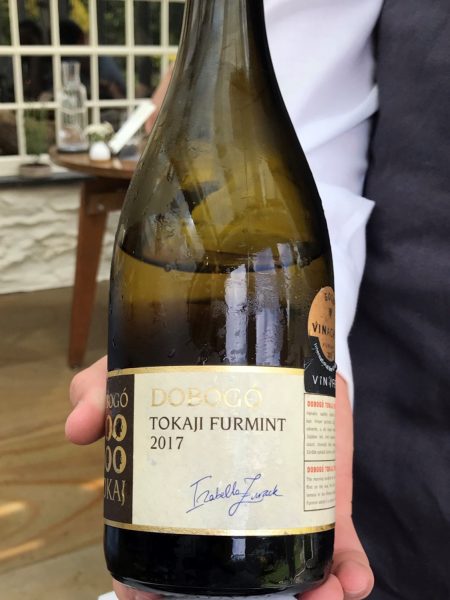
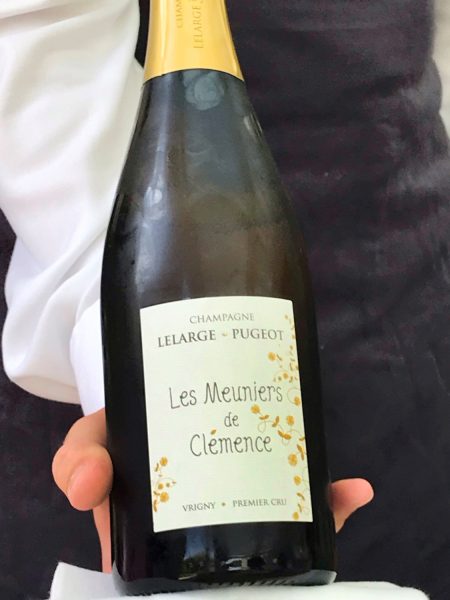
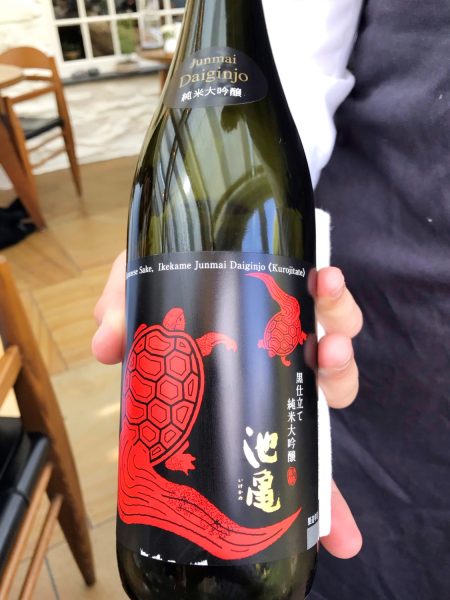
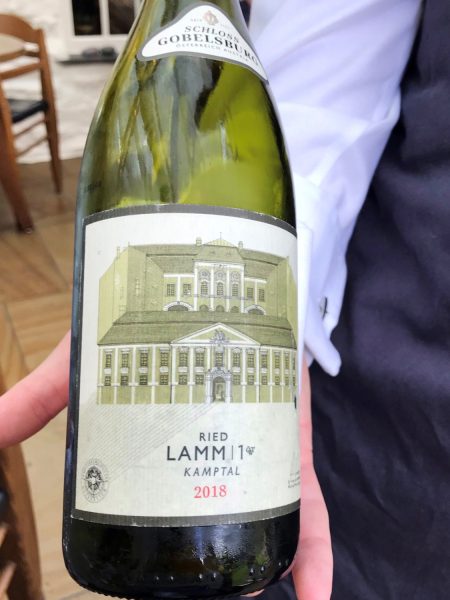
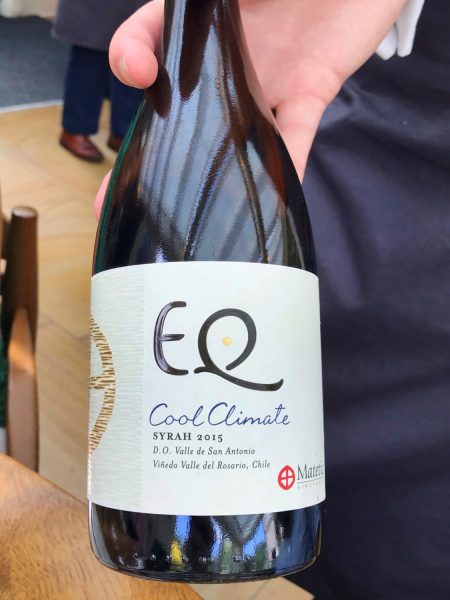
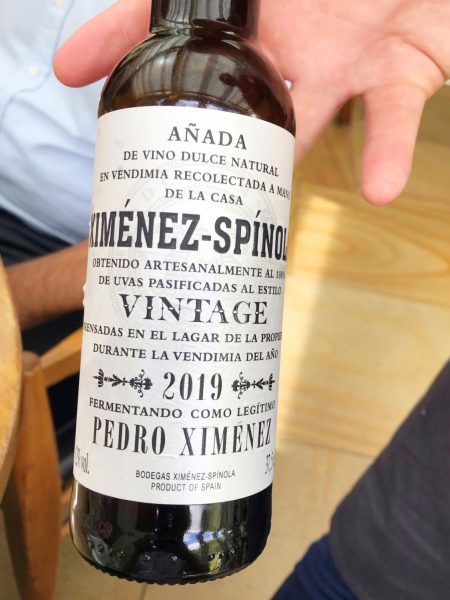
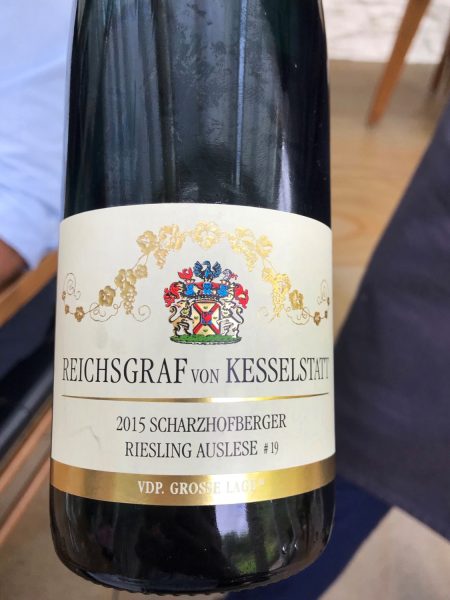


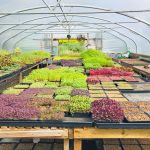
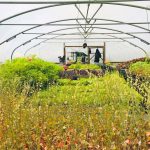
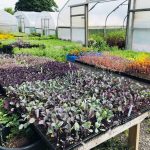


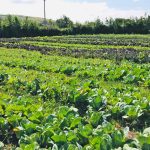
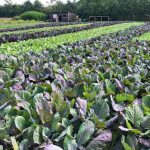
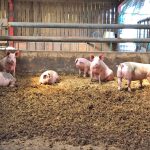

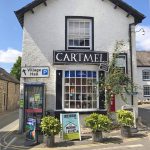


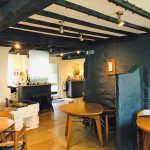

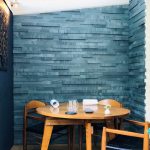
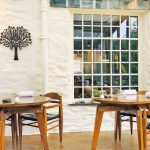


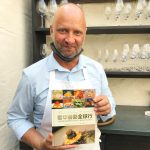
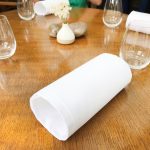


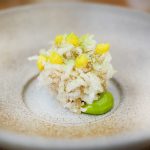


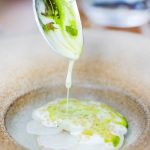
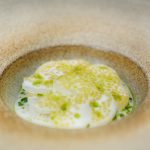
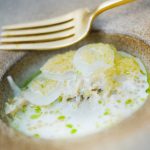
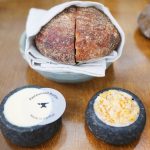
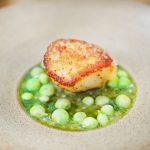
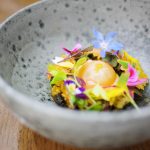
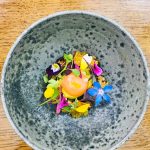
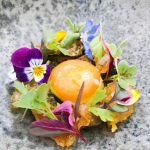
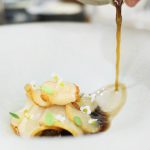
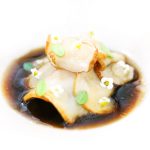
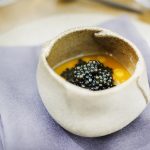
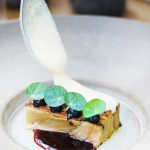
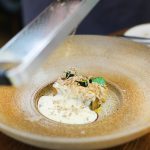
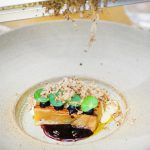
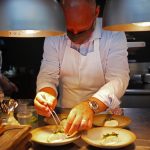
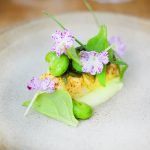
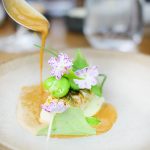
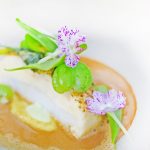
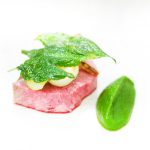
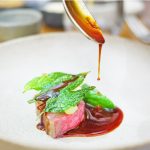
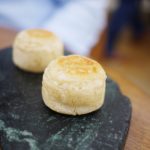
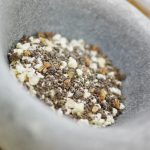
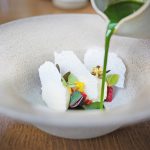
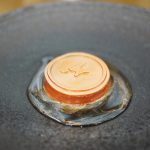
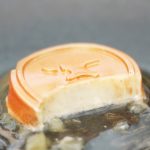
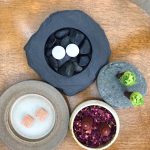
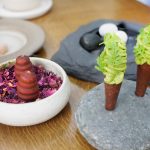
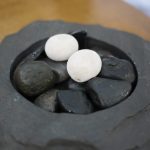

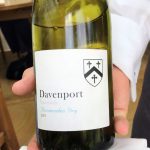
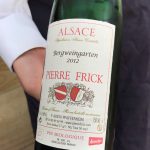
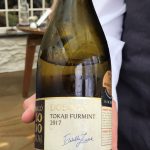
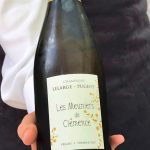
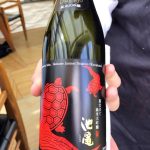
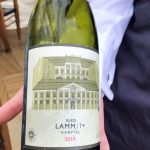
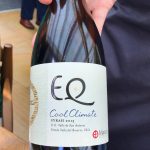
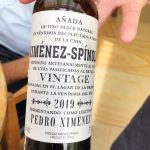
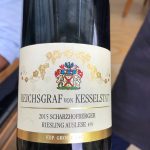
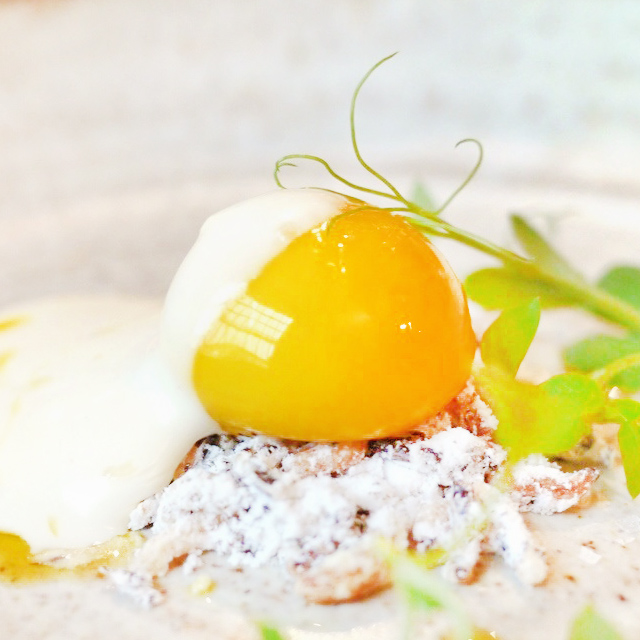
A. Reid (Copenhagen)
Very thorough and informative review. Excellent read.
John Lee (London)
Incredible experience you had. I have been saying I will make a trip up there for years. Ok. I will start my plan.
Alan Spedding (cumbriafoodie) (Cumbria)
Stunning meal , superb photos and write up. Ive been fortunate enough to follow Lenclume from the beginning as it`s only down the road from me. Beggars belief why Michelin haven`t awarded a 3rd star , they really do deserve it and meet every requirement and more. Guess it`s only a matter of time.